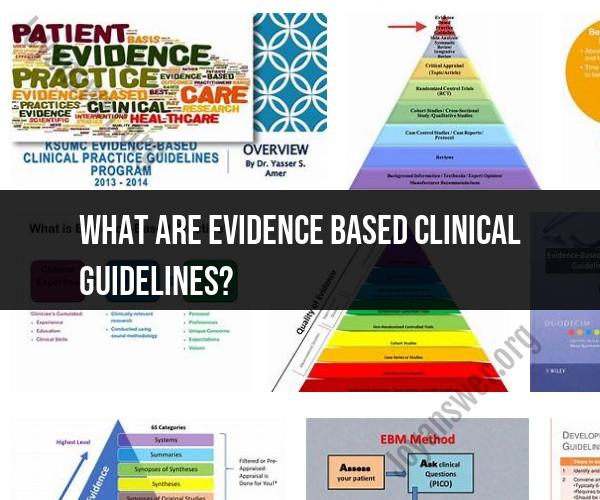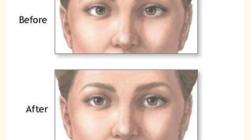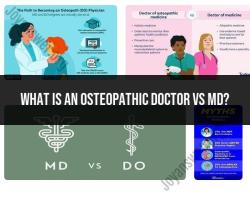What are evidence based clinical guidelines?
Evidence-based clinical guidelines are systematically developed recommendations for healthcare providers and practitioners to assist them in making informed decisions about the care and treatment of patients. These guidelines are grounded in rigorous scientific research and clinical evidence, and they aim to improve the quality and consistency of patient care across various healthcare settings. Here are key aspects of evidence-based clinical guidelines:
Scientific Basis: Evidence-based clinical guidelines are rooted in scientific research and the best available clinical evidence. They are developed through a systematic review of the medical literature, including clinical trials, observational studies, and expert consensus.
Guideline Development: Guidelines are typically developed by expert panels or committees that include healthcare professionals, researchers, and specialists in the relevant field. These panels review and synthesize the evidence to create recommendations.
Clinical Recommendations: Guidelines provide specific recommendations for healthcare providers regarding the diagnosis, treatment, management, and prevention of medical conditions. They offer guidance on various aspects of patient care, such as screening, diagnostic tests, medications, surgeries, and follow-up care.
Levels of Evidence: Guidelines often classify recommendations based on the strength of the supporting evidence. Common classification systems include levels such as "strong" or "weak" recommendations and "high," "moderate," or "low" levels of evidence.
Patient-Centered Care: Evidence-based guidelines aim to support patient-centered care by considering the individual needs and preferences of patients. They promote shared decision-making between healthcare providers and patients, taking into account the patient's values and goals.
Regular Updates: Clinical guidelines are not static; they are regularly updated to incorporate new research findings and changes in medical practice. This ensures that healthcare providers have access to the most current and relevant guidance.
Dissemination and Implementation: Guidelines are disseminated to healthcare providers through medical journals, professional organizations, websites, and other means. Implementation strategies, such as training and educational programs, may be used to encourage adherence to the guidelines.
Quality Improvement: Evidence-based clinical guidelines are often used as a basis for quality improvement initiatives in healthcare settings. They can help standardize care processes, reduce variations in practice, and enhance the quality of patient care.
Cost-Effectiveness: Guidelines may also consider the cost-effectiveness of interventions and treatments to help healthcare providers make decisions that balance clinical effectiveness with economic considerations.
Ethical Considerations: Ethical principles, such as patient autonomy, beneficence, and non-maleficence, are considered in guideline development to ensure that recommendations align with ethical standards.
Global Relevance: Some clinical guidelines are developed for specific regions or countries, while others have a global scope. International organizations, such as the World Health Organization (WHO), contribute to the development of global clinical guidelines.
Evidence-based clinical guidelines play a crucial role in improving healthcare outcomes, reducing medical errors, and enhancing the consistency of care delivery. They serve as valuable resources for healthcare providers, informing their clinical decisions and promoting evidence-based practice in medicine.
Evidence-Based Medicine: Understanding Clinical Guidelines
Evidence-based medicine (EBM) is a process of making clinical decisions based on the best available scientific evidence. Clinical guidelines are systematically developed statements that assist healthcare professionals in making decisions about the appropriate care of patients with specific conditions.
Clinical guidelines are developed by panels of experts who review the scientific evidence and make recommendations about the best course of care. Guidelines are typically updated on a regular basis to reflect the latest evidence.
Navigating Medical Practice: The Importance of Evidence-Based Clinical Guidelines
Clinical guidelines are important for navigating medical practice because they provide a framework for healthcare professionals to make decisions about patient care. Guidelines can help healthcare professionals to:
- Provide the best possible care to their patients
- Reduce the risk of medical errors
- Improve the efficiency of healthcare delivery
- Reduce costs
Guidelines are also important for patients, as they can help them to understand their treatment options and make informed decisions about their care.
Building a Strong Foundation: How to Develop Evidence-Based Clinical Guidelines
The development of evidence-based clinical guidelines is a rigorous process that involves the following steps:
- Identifying the clinical question: The first step is to identify the clinical question that the guideline will address. This question should be specific and answerable.
- Searching for the evidence: The next step is to search for the best available scientific evidence to answer the clinical question. This evidence may come from randomized controlled trials, systematic reviews, and other high-quality research studies.
- Appraising the evidence: The evidence is then appraised to determine its quality and relevance to the clinical question.
- Making recommendations: Based on the appraised evidence, the guideline panel makes recommendations about the best course of care.
- Implementing the guidelines: Once the guidelines are developed, they need to be implemented into clinical practice. This can be done through education and training of healthcare professionals, and through the development of tools and resources to support guideline implementation.
Evidence-based clinical guidelines are an important tool for navigating medical practice and providing the best possible care to patients.
Here are some additional things to keep in mind about clinical guidelines:
- Clinical guidelines are not meant to be prescriptive. Healthcare professionals should use their clinical judgment to apply guidelines to individual patients, taking into account the patient's unique circumstances and preferences.
- Clinical guidelines are not a substitute for medical advice. Patients should always consult with their healthcare professional to discuss their individual treatment options.












